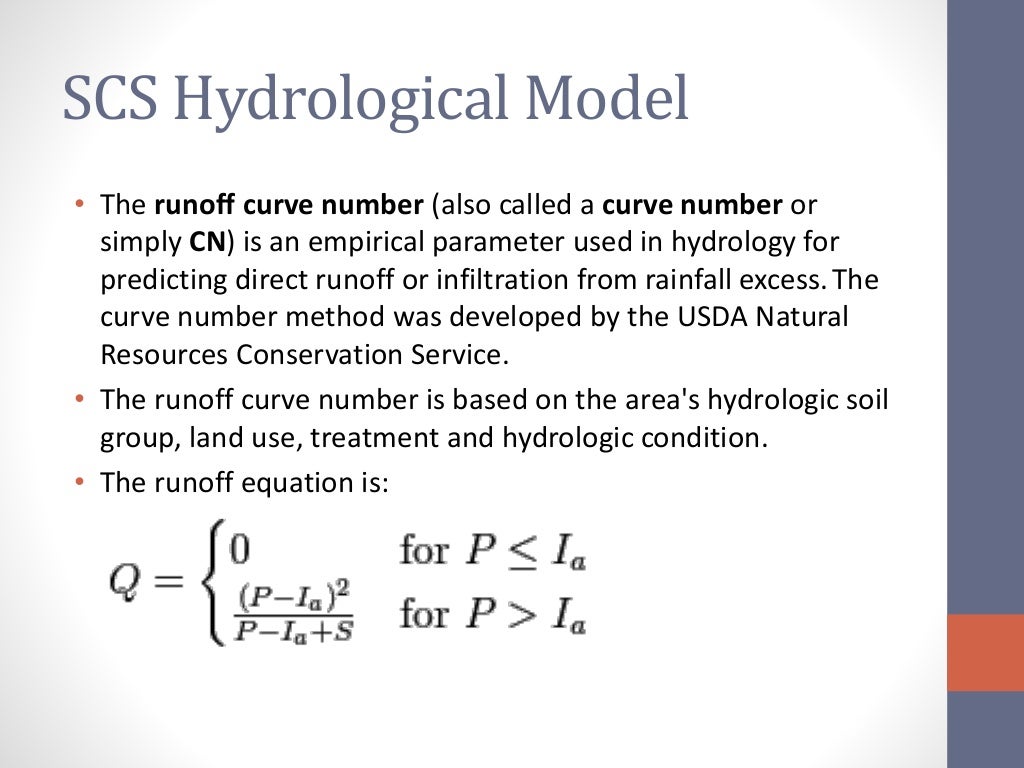

SWAT-TOP and SWAT are applied to the East River basin in South China, and the results reveal that, compared with SWAT, the new model can provide a more reasonable simulation of the hydrologic processes of surface runoff, groundwater re-evaporation, and baseflow. Consequently, three parameters in SWAT are discarded, and two new parameters to reflect the TOPMODEL features are introduced. In the new model, the process of deep aquifer percolation is removed, the concept of groundwater re-evaporation is refined, and the processes of surface runoff and baseflow are remodeled. To replace these equations and to model the influences of topography and water table variation on streamflow generation, the TOPMODEL features are integrated into SWAT, and a new model, the so-called SWAT-TOP, is developed. The empirical equations usually constrain the simulation capability of relevant processes. In SWAT, four hydrologic processes, which are surface runoff, baseflow, groundwater re-evaporation and deep aquifer percolation, are modeled by using a group of empirical equations. Stratigraphy (incl.This paper presents a study of the integration of the Soil and Water Assessment Tool (SWAT) model and the TOPographic MODEL (TOPMODEL) features for enhancing the physical representation of hydrologic processes. We anticipate that protecting high steep slopes areas, which cover a relatively small proportion of the catchment (4–9%), can annually reduce 15–26% sediment loads to the Great Barrier Reef.Ĭatchment modelling uncertainty analysis water balance sediment actual evapotranspirationģ70510. Furthermore, a set of land use scenarios were designed to evaluate the effect of reforestation on sediment transport. New hydrological insights for the region: The spatial locations of soil erosion hotspots were identified and their responses to different climatic conditions were quantified. The model performance in simulating actual evapotranspiration was compared with those of the Australian Landscape Water Balance (AWRA-L) model to increase our confidence in simulating water balance components. We carried out calibration and validation along with uncertainty analysis for streamflow and sediment at catchment and sub-catchment scales and investigated details of water balance components, the impact of slope steepness and spatio-temporal variations on soil erosion. In particular, we focused on predictive uncertainty in the model evaluations and presentations-a major knowledge gap for hydrology and soil erosion modelling in the context of Great Barrier Reef catchments. point source models ( HSPF and SWAT ), and data in EPA's BASINS 3.0 and 3.1. Study focus: The purpose of this paper was to identify soil erosion hotspots through simulating hydrological processes, soil erosion and sediment transport using the Soil and Water Assessment Tool (SWAT). Journal of the Hydraulics Division - ASCE. The catchment has wet tropical climate conditions and is one of the major sediment contributors to the Great Barrier Reef. Study region: North Johnstone catchment, located in the north east of Australia. Rafiei, Vahid (Author), Ghahramani, Afshin (Author), An-Vo, Duc-Anh (Author) and Mushtaq, Shahbaz (Author) Modelling hydrological processes and identifying soil erosion sources in a tropical catchment of the Great Barrier Reef using SWAT


 0 kommentar(er)
0 kommentar(er)
